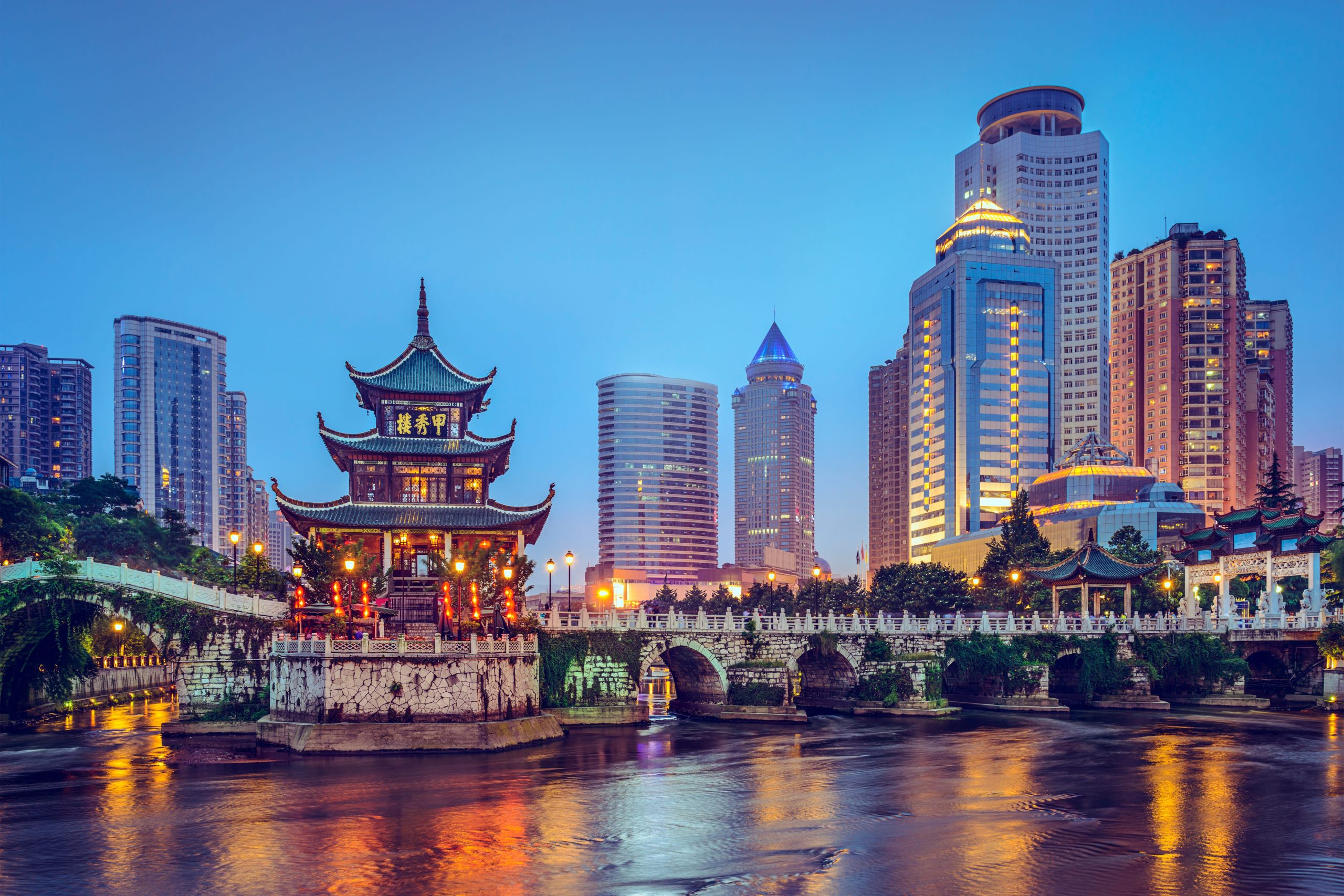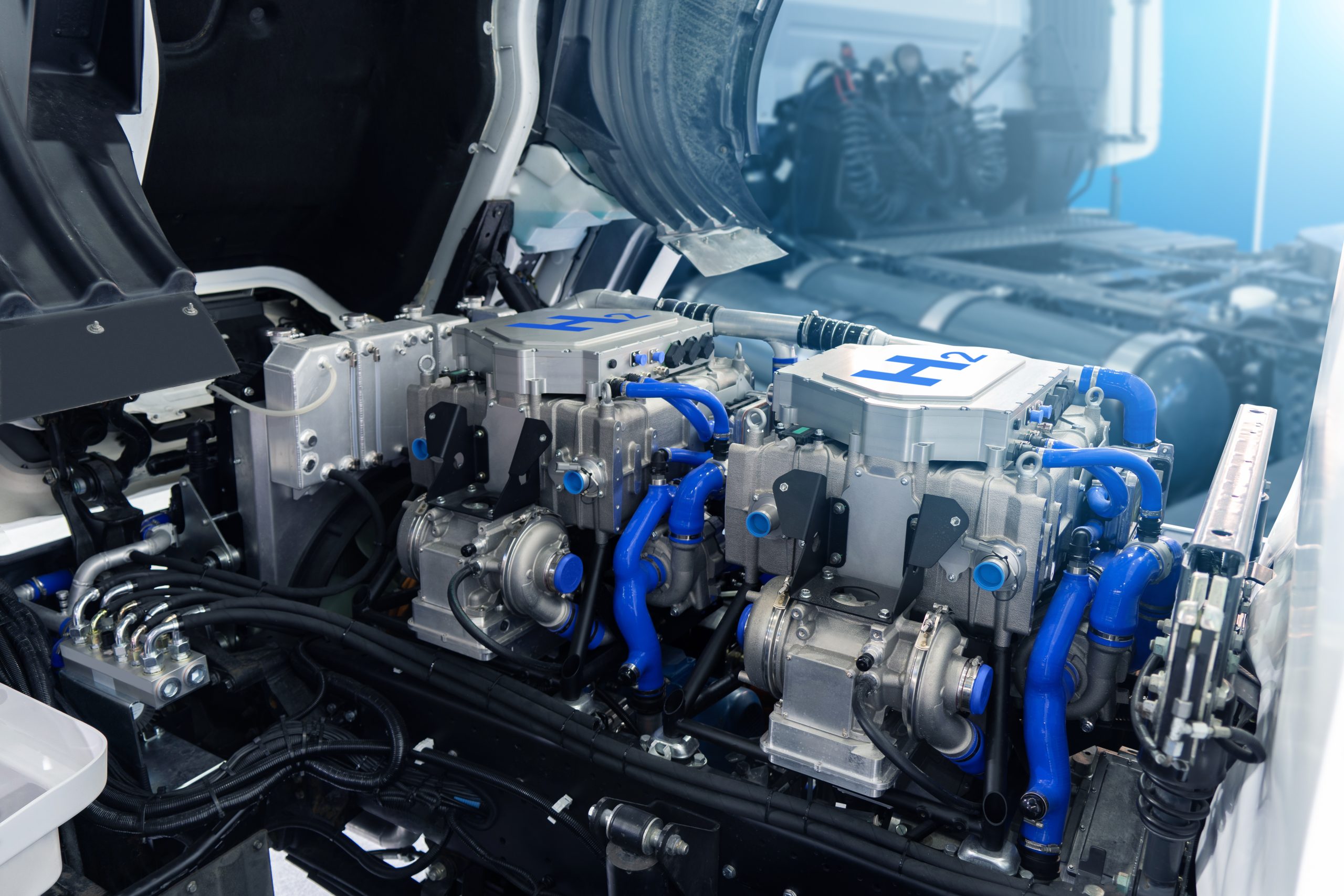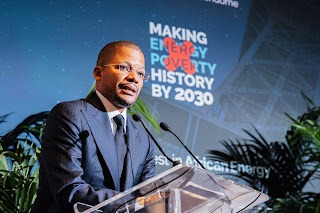Shaping Global Carbon Neutrality in China

Hydrogen engines offer a promising pathway to carbon-neutral transportation, with Bosch anticipating significant market growth by 2030.
The rising hydrogen transport demand stipulates that China’s membership is unavoidable, having a crucial impact on global markets. However, Europe and the US are expected to catch up by the 2030s. As postulated by authorities China will remain a dominant force this decade.
The chairman of fuel-cell manufacturer Bosch Stefan Hartung spotlights China is in the front role at the moment. He also reiterated, “In 2023, we launched production of [PEM] fuel cell systems in Stuttgart, Germany, and Chongqing, China concurrently.”
“China will likely be leading the market for the time being. We do not expect to see major growth in Europe and North America until the next decade.” Stefan added.
Technological Advancements in Hydrogen Engines
Bosch foresees the hydrogen-engine market developing its sales potential to be approximately €1 billion by 2030. Hartung elaborates on the technical capabilities of hydrogen engines, even pointing out their similarity to diesel engines; however, what discriminates them is the carbon neutrality in transportation.
Hartung declared a hydrogen engine with our injection technology will be on the road in China and India as early as this year, and Bosch is already working on five production orders from well-known truck manufacturers from three of the major economic regions, China, India and UAE.
China’s Green Hydrogen Revolution
The implementation of green hydrogen by the strategic choices is making to reach the Carbon Peak and Carbon Neutrality goals. As for hydrogen-powered vehicles and a comprehensive network of recharging stations, China is the driving force in the process of the green energy transition.
As the world’s largest hydrogen producer and consumer, China had already built and operated 36 renewable hydrogen projects by 2023, with a combined production capacity of about 37,000 tons per annum.
In addition, more than 300 projects are in the pipeline across the country, with an estimated annual renewable hydrogen capacity of 3.5 million tonnes (Mt).
Innovation is the pointer that will define the development of the hydrogen energy of China. To promote further innovation and evolution within China’s hydrogen energy industry, the China Hydrogen Alliance launched the Renewable Hydrogen 100 Action Initiative, which strives to achieve the goal of 100 GW electrolysers installation by 2030.
Standardisation and Global Integration
A process of active standardisation is vital for the smooth global trade of green hydrogen. Using a whole standardisation system and set of environmentally friendly procedures, China shows its deep interest in joining world efforts as well as its idea of spreading the green hydrogen benefits to the global markets. In addition, a digital platform for green hydrogen life cycle tracing, evaluation and a trading platform are created.
Additional Extracts:
- China became the world’s largest market for hydrogen-powered vehicles last year, with a 38.8% share of the global market.
- According to Korean analyst SNE, 5,362 of the 5,600 fuel-cell electric vehicles sold in China in 2023 were commercial vehicles, i.e., trucks, vans and buses.
- China also has more H2 refuelling stations than any other nation, with 354 in operation by the end of 2023.
The prosperous green hydrogen sector of China speaks not only about the efforts made in environmental sustainability but also acts as a window to global cooperation and the progression towards a carbon-free future.

